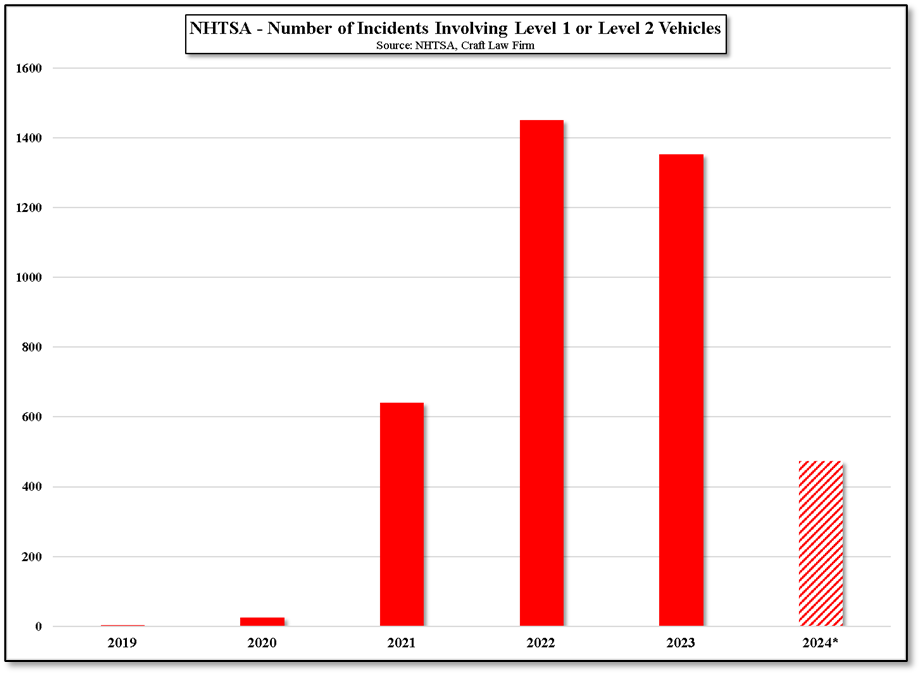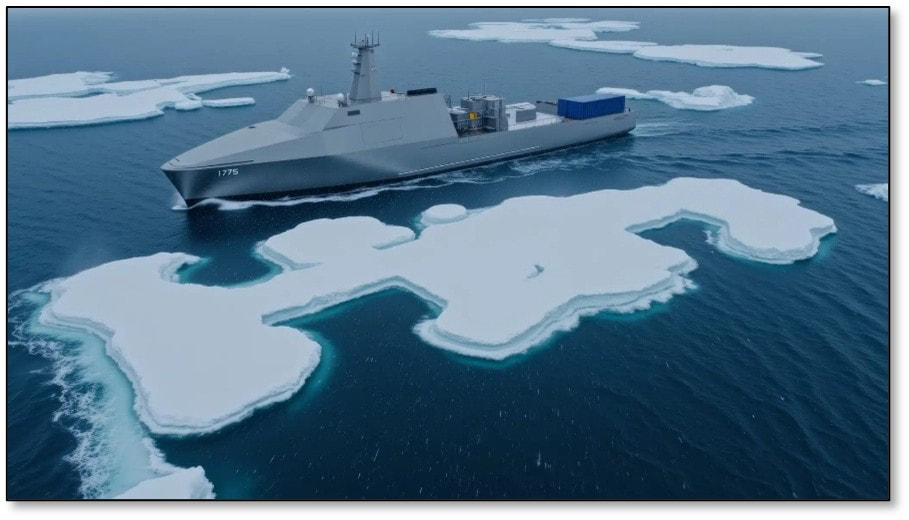The Swarm
Regardless of the available data, it would seem that while ADS and ADAS (level 2 ) systems are getting more sophisticated, they still require both careful use and full driver management. Level 3 and above need more time for refinements, particularly lots of time in a controlled environment. We think of that test zone as a very large parking lot where there are a few vehicles with test drivers rather than a public road. What if you could have a parking lot that was hundreds of miles wide? Wouldn’t this be the ideal testbed for an autonomous vehicle?
Recently a company, Blue Water Autonomy (pvt) came out of stealth mode after raising $14m of seed capital and indicated that they have been developing such a ship for the Navy. The company, founded by a former Navy officer who became the founder of 6 River Systems[1] (pvt) (sold to Ocado Group (pvt)) after a stint at Amazon (AMZN) Robotics, a former VP of Engineering at iRobot (IRBT), and an MIT grad who helped Ukraine collect front line data with drones. Given this level of expertise and experience, the company developed a concept ship design in less than a year and has already begun saltwater testing of a 100 ton prototype for the US Navy.
The idea behind the autonomous ships is to make the design scalable and low-cost, allowing for modular payloads, giving the ship the ability to perform a wide variety of services. But why does it need to be autonomous?
China is ahead of the US in naval shipbuilding, making competition at the carrier and cruiser level difficult, but by employing large numbers of smaller autonomous ships, long duration patrols, surveillance, border patrol, and electronic warfare (jamming, etc.) can more easily be accomplished, without risk of life. Such ships could easily be outfitted for logistics or resupply, search & rescue, or even mine recovery, but there are some things that autonomous ships can do that are far different than what goes on in more traditional naval warfare.
If you have seen New Year or 4th of July celebrations recently, you have probably seen drone ‘swarms’ that can spell out words or create images using hundreds of linked drones. Autonomous ships, especially small, less detectable ones, can do the same, linking themselves electronically and moving together as if they are a larger vessel. This technique can be used to fool adversaries into thinking they are outnumbered or outgunned, when the ships involved are small and less far less equipped. This ability to link systems also allows these ships to operate without human supervision in difficult circumstances or when given a specific task, such as a general command like “Return to base, restock fuel and return to location to refuel XYZ”
While we understand that the lure of being the supplier of millions of autonomous vehicles is unbelievably attractive to both large and small companies, it is also one that will take years to refine enough to where autonomous vehicle accidents will not be any more significant that those caused by human drivers. It seems a smart idea to work such systems in a larger ‘parking lot’ like and ocean, where the chances of hitting something are far less than on the East River Drive or the 101. JOHO.
[1] Warehouse robotics








 RSS Feed
RSS Feed